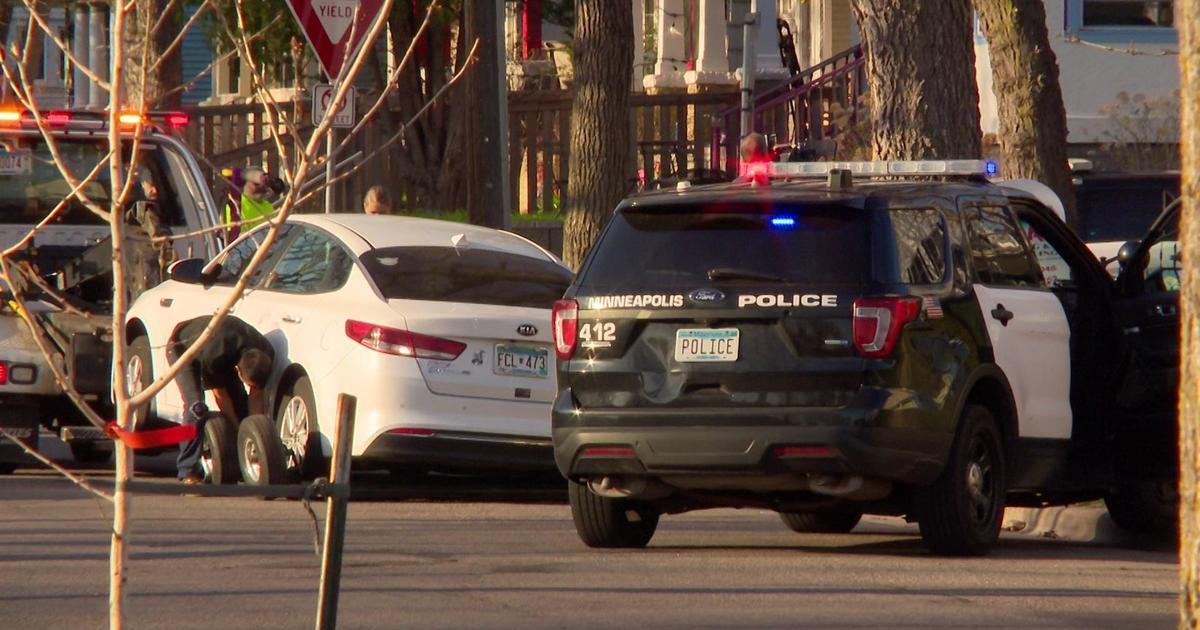How Can Consumers Tell Where Their Fruits & Vegetables Come From?
MINNEAPOLIS (WCCO) -- An E. coli outbreak from romaine lettuce has now sickened more than 60 people across the country. Now, the FDA and CDC are telling people to throw out any romaine lettuce that came from the Yuma, Arizona, region.
But, how can consumers tell where their fruits and vegetables come from? Good Question.
We brought this question to Jeremy Lee, produce director for Kowalski's Markets. He said a consumer's best bet is to ask the produce director at the store.
"You chase somebody down and ask them," he says. "It is my job to know that, because, not -- from a food safety standpoint, of course, but then also from a freshness standpoint."
That includes produce that is both fresh and bagged.
Federal law requires any produce to be labeled on a sign or box with the country of origin. The law does not have the same requirements for states.
For bagged produce, the law requires the distributor's name and address to be on the label. The FDA recommends a consumer call the number on the bag to inquire about the origins on the produce.
Lee says his distributors let him know about the initial romaine warning as soon as it was released last week.
"I'm getting phone calls when I'm home eating dinner," he says. "We pulled everything at first. As soon as we heard about it we pulled it all."
When he got more details about the warning, he found out all of Kowalski's romaine was safe and they were able put it back on the shelves.
On Monday, the FDA Commissioner tweeted that romaine has a short shelf life and the winter growing season is ending in Yuma, so it's likely any romaine sold now is from California.
But, if a consumer is unsure, the safest bet is to throw the romaine lettuce out.



